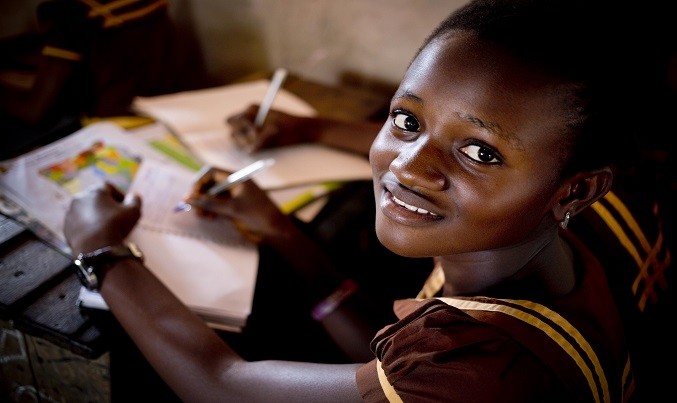Innovative financing models for affordable private schools could help realize universal education, writes Scott Sheridan.
We know that education changes everything.
For the individual, education enhances people’s ability to achieve higher earnings, live healthier lives, make more informed decisions, and exercise their rights. For societies, education can improve social cohesion, foster innovation, promote economic growth and reduce poverty1.
Yet despite global gains in education and a global drive towards UN adopted Sustainable Development Goal 4 –‘To ensure inclusive and equitable quality education and promote lifelong learning opportunities for all’– access to quality education remains far from a universal reality.
To put things into perspective,
- 263 million (1 in 5) school-age children globally are not in school[1] .
- 617 million children are not learning in school.
- We would need to build 800 new schools per day for the next five years to create space for all out-of-school children.
- Over half of school-age population growth from now until 2050 will occur in Africa[2].
Within these findings, however, there is opportunity.
There is a rapidly expanding segment of the global education sector that is successfully engaging more children in low- and middle-income countries: “Affordable Private Schools” (APSs).
Opportunity EduFinance studied the potential of these APSs and released a comprehensive report[3] that highlights the power and opportunity of Affordable Private Schools. Based on the research reflected in the report, the potential is enormous.
Currently, there are about 300 million students enrolled in APSs—and this number is expected to grow 16% in the next five years. Perhaps even more critically, the report estimates the potential market opportunity to lend to these schools at $24 billion.
This report highlights the relevance of the APS sector in addressing the global education crisis. It demonstrates that there is a part to be played by all if we are not only planning to reach children currently out of school, but also planning to build infrastructure and capacity necessary to get more kids in better schools.
These low-cost private institutions often require the same investment as a local public school once informal fees are considered. And increasingly, governments are recognizing the power of private partners, especially when faced with the growing unmet demand for education and capacity-constrained public management.
Put simply, APSs fill the gaps where the nearest public schools are too far away, or where demand for public school seats exceeds supply.
Take Erika’s story, for example.
Unable to access public education in her local community of Adansi, the Ashanti region of Southern Ghana, Erika was without other options. The public school was both overcrowded and far away, and there were high drop-out rates in the region.
Then local entrepreneur and teacher, Beatrice Sarkodie, built a private school near Erika’s home. All of a sudden, Erika was able to go to school.
Beatrice used school improvement loans from an Opportunity International partner financial institution to expand her building, and families like Erika’s were able to use school fee loans to cover tuition, even when their cash flows were unsteady.
These simple financial tools make it possible for school proprietors to continually improve the quality of the education they offer, and make education accessible for families who were previously unable to afford regular tuition payments.
Stories like Erika and Beatrice’s highlight the important role private schools can play in closing the education gap across low- and middle-income countries. But because low-cost private schools are heavily dependent on tuition from low-middle income families, commercial banks and other lending institutions often consider them too risky and are unwilling to extend lines of credit.
The opportunity is clear. The case has been made for financial institutions to do what they do best and recognize the opportunity to invest in this expanding market which offers a solution to help close the education gap. EduFinance partners, for example, funds schools across 20 countries, leading the growth path. It is time financial institutions took the lead in creating innovative tools to help the goal of universal education.











